Feral Cats
The word “feral” refers to a cat that usually lives outdoors. However, it doesn’t belong to anyone, nor is it socialized to people. Simply put, feral cats are basically the result of a domestic cat being lost or abandoned and left to fend for itself. In addition, a feral cat can be recognized as a kitten that never came across the human interaction or never encountered human company, or perhaps lost touch with human contact over an extensive period of time.
However, a feral kitten can be born from feral or stray cats and is supposed to be fearful of humans and accustomed to surviving outdoors. These cats often are afraid of human interactions and get anxious and stressed if humans attempt to approach them.
Feral kittens always feel threatened and lack hope when approached by humans. As a result, sometimes these cats often become aggressive and violent and switch to attack mode eventually. In addition, many times, when feral kittens are approached by humans, they start to hiss out of fright, try hard to hide or run away.

Cats’ vets usually advise against adopting feral cats since they are not supposed to live indoors and are likely to avoid eating food provided to them at home. Simply states, “they are at peace roaming around and living in the wild.” Nonetheless, kittens born to feral felines can easily be introduced to humans when they are very young – or perhaps from birth and adopted into a safe home.
Fast Facts About Feral Cats
- Feral felines are outdoor and unsocialized cats that never had any interaction with people in their entire life.
- Or perhaps, human contacts were eliminated over a long period of time so that now a feral cat is no longer accustomed to it.
- Feral felines often are fearful of people and are not supposed to get interacted with them.
- These cats are not likely to get into the lap of a human or can be kept indoors.
- They often have difficult lives, scavenging for water and food, dodging humans, and catching severe viruses and infections.
- These cats particularly often have to face severe complications pertaining to multiple pregnancy cycles.
- However, kittens born by feral cats can smoothly be socialized at an early age. They can be adopted to homes living all indoor.
- Remember that socializing demands effort and is very time-consuming, especially if the cat is older. Also, results are not guaranteed; given a chance, she might run away.
Stray Cats
The term “stray” refers to a cat that has experienced being socialized and often interacted with people. A stray feline can be defined as a cat that has experienced living with humans. However, perhaps it has been abandoned, neglected, or lost from human contact and its home a long time ago.
A stray cat at one time lived with or around humans it regularly interacted with. It may have been a house cat at one time or an outdoor cat with an owner. Due to being lost or abandoned, the cat has lost connection with its owner and is now considered a stray cat.
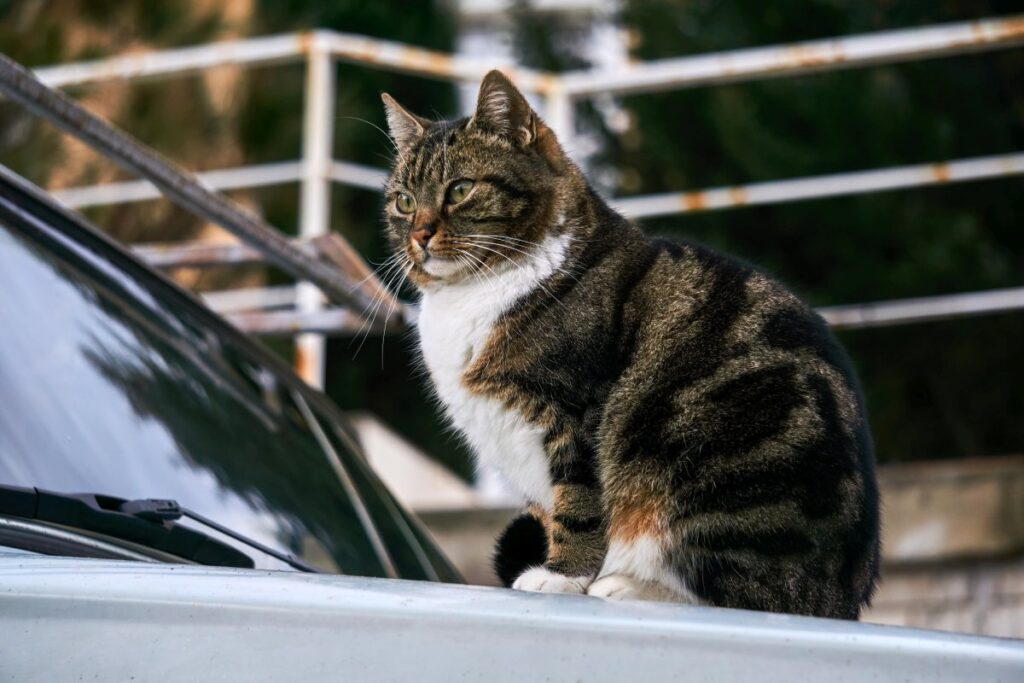
Know that a stray kitten you came to see roaming in the streets may initially appear stressed, frightened, or anxious towards you and other people. However, it can be taken into the home or successfully rehabilitated and rescued and living in a suitable environment. However, the only thing that can be helpful while dealing with a stray kitten is ‘patience”. With patience and encouragement, a stray kitten can usually be re-acclimatized to its domestic surroundings.
But, one must consider its behavior first, as a stray older cat may be deprived of human interaction. As a result, it may already become a feral cat. In this situation, getting home such a cat wouldn’t be a wise option to make.
The Difference Between Stray Cat and Feral Cat
While both feral and stray cats may share some sort of commonalities, there is a huge difference that makes them different from one another. Major differences are:
- A stray cat is socialized by people.
- Stray felines once were pets who had been abandoned or lost due to any reason.
- Whereas feral cats had no or minimal interaction with people.
- Feral cats sometimes reverted back to a wild state if once they had a little interaction with people.
- A kitten born from a feral cat can easily be taken into homes and live with humans.
How To Spot The Difference Between Stray And Feral Cats?
Understanding and learning the difference between feral and stray cats can help you decipher the best way to establish a connection or interact with a cat. However, only when the interference is the right approach for the kitten’s health and life. Continue reading the article and explore more in respect to the difference between stray and feral cats:
Physical Characteristics and Overall Appearance
A stray is a cat that either was abandoned or ran away from home and is quite thinner since they aren’t used to hunting for themselves nor have any way to get fed well. On the other hand, Feral cats are used to being on their own and know better how to live. Hence, they are better to groom and live by themselves.
In addition, if you come across a cat, you can evaluate if its footpads are soft or calloused. Indoor cats usually have soft paw pads, whereas stray and feral cats don’t have them. Feral felines perhaps have a “tipped ear, ” which means the pointy part has been clipped.

Stray cats might look unhealthy or skinny since they don’t have an obvious source of food. Also, being inexperienced hunters, stray cats usually have a hard time scavenging for food. Additionally, these cats typically are excluded by feral cat colonies; thus, they have to live miserably.
Whereas feral cats usually are experts in their way of the wild. These cats apparently look well and healthier – all thanks to their aptitude for expert hunting skills and outdoor living.
- A feral cat usually has clean and fresh fur, hence, appears well-kept.
- A stray cat generally has a disheveled coat and often looks unclean.
- Interestingly, a male feral cat will be recognized as having a muscular frame and some sort of scars from fighting.
- A stray cat will look unwell or perhaps underweight since it has been lost for a long time.
Behavioral Differences
Apart from the physical and overall appearance, you can identify a cat either as a feral or a stray based on behavioral differences.
- A stray cat is supposed to carry the tail upright, indicating that the cat is way open to be approached by humans.
- On the other hand, a feral cat is likely to move in stealth mode. The body is bent slightly low to the ground, eyes quickly and constantly scanning the surroundings, and tail down.
- A stray cat is likely to exhibit more open and friendly behavior with people once approached by them. It also includes making eye contact. Stray cats sometimes approach people on their own since they once had a connection with them.
- A feral cat usually will never go to approach humans, as well as avoid eye contact. Instead, they try to hide or move away.
- People are a pretty familiar sight for a stray cat and ultimately a reliable source of water and food.
- However, for a feral cat, people are way unfamiliar and a risk to their life (this is what the feral cats believe).
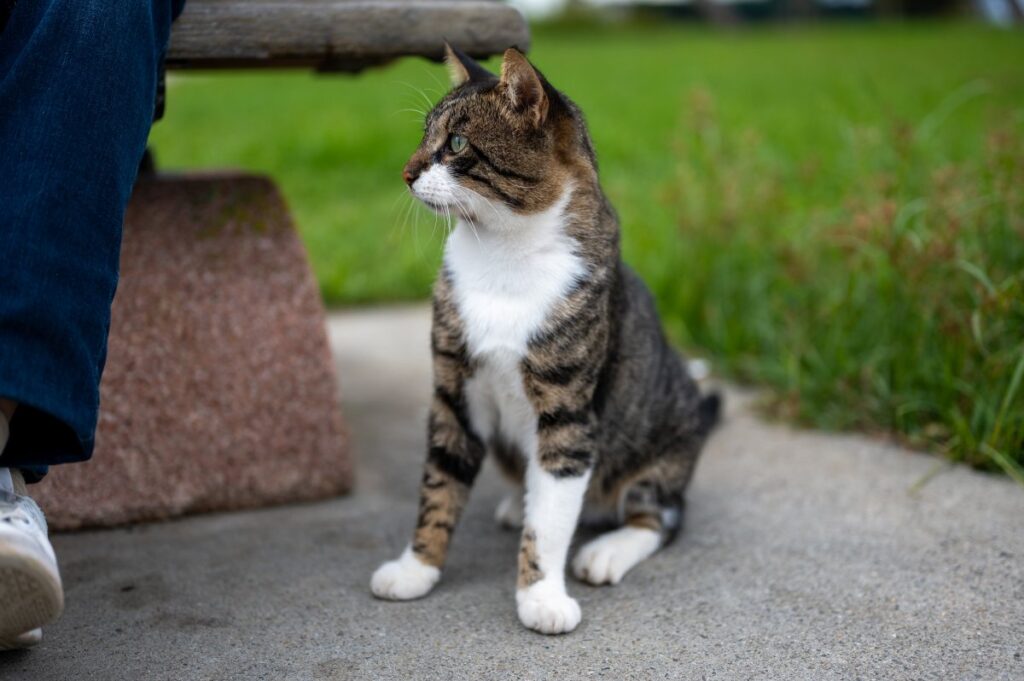
Time of Day
You would be surprised to know that you can differentiate between a feral and a stray cat just by the timing of a day. Wondering how? Well, suppose you came to see a feline late at night when the outdoor cats are supposed to go back to their homes, or perhaps, you witness a fresh paw print on the ground or in the snow in the early morning. In that case, that is most likely a stray cat.
On the other hand, Feral cats are supposed to keep the distance from view; also, they tend to stay within their home range in the outskirts.
Some Other Characteristics That Can Help You Tell the Difference Between Stray And Feral Cats
When it comes to differentiating between a feral and a stray cat, you can identify the difference with the help of body language, vocalization, socialization, and so on…
Body Language
- A stray cat may move or walk like a house cat – house cats walk with tail up, an obvious sign of a human-friendly cat.
- A feral cat may crouch, crawl, or perhaps stay low to the ground and protect the body with the tail.
Socializations to Their Counterpart
- A stray cat is likely to live alone and never tend to be a part of any group or community.
- A feral cat may belong to a certain community.

Vocalization
- A stray cat is supposed to be pretty vocal. It may “answer” your voice and respond it with “meow.”
- The feral cats won’t respond, meow or purr to the human voice.
Touch Barriers
- Stray cats are easily approachable to humans. Also, a stray cat may tolerate some amount of human touching as well.
- However, a feral cat will not be touched, not even by a caretaker or vet.
Cage Behavior
- If caged, stray cats may sit in a bit relaxing way or eventually rub against the cage in a friendly manner.
- On the other hand, a feral cat might rattle, shake or climb the cage and eventually get hurt banging into the cage.
Level of Relaxation
- A stray cat, to some extent, will be relaxed and calm.
- However, a feral cat will always be unsocial and tense.
Responsiveness
- A stray cat will likely investigate food, toys, or any other object placed near the cage.
- Feral cats may ignore toys, objects, food, or people.
- Stray cats are likely to respond to household sounds like opened bags, cat food cans, and so on…
- Feral cats are not supposed to show any interest or familiarity with household sounds.

Fear and Anxiety
- A stray cat who is fearful, stressed, or anxious will likely growl or hiss to show the feelings.
- Feral cats, on the other hand, will be way aggressive and even lash out if cornered or threatened. The common signs that show the aggression of the feral cats include eyes dilated or ears back.
Pregnancy
- Stray cats that once are home-cats are likely to be neutered or spayed, and the ratio of pregnancy and nursing in these cats is a little bit low.
- However, a female cat who is lactating or pregnant is more likely to be feral because only 2 to 3% of feral cats are spayed or neutered in the U.S.
Stray Cats vs. Feral Cats – Final Verdict!
The article provides you with useful information regarding feral and stray cats to help you better know the difference between both. Hence, before you decide to get a stray cat to your home, you must do everything to ensure that the cat can easily be a part of your home and mingle with your family.
Additionally, you can also take the cat to the vet for the initial checkup, or that the cat can be scanned by a vet. However, if you don’t feel like taking the cat home and just want to help it, consider taking it to a shelter to live in peace.

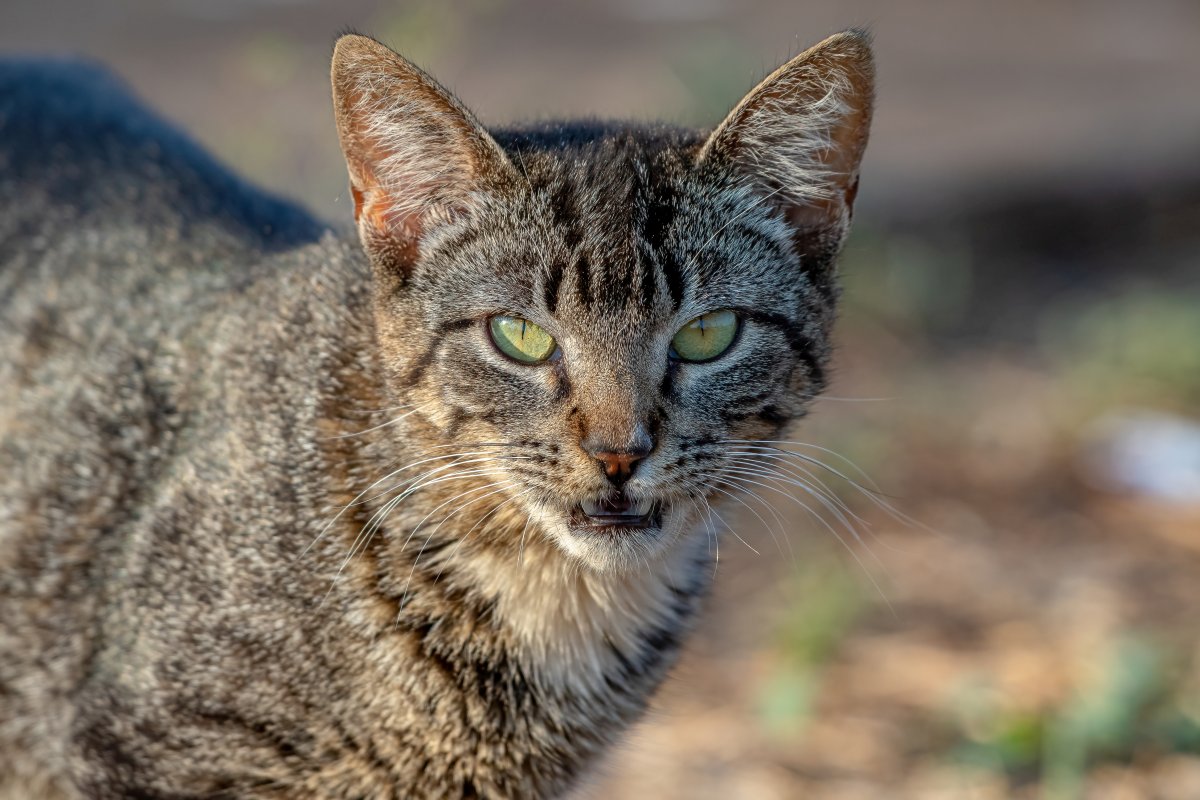
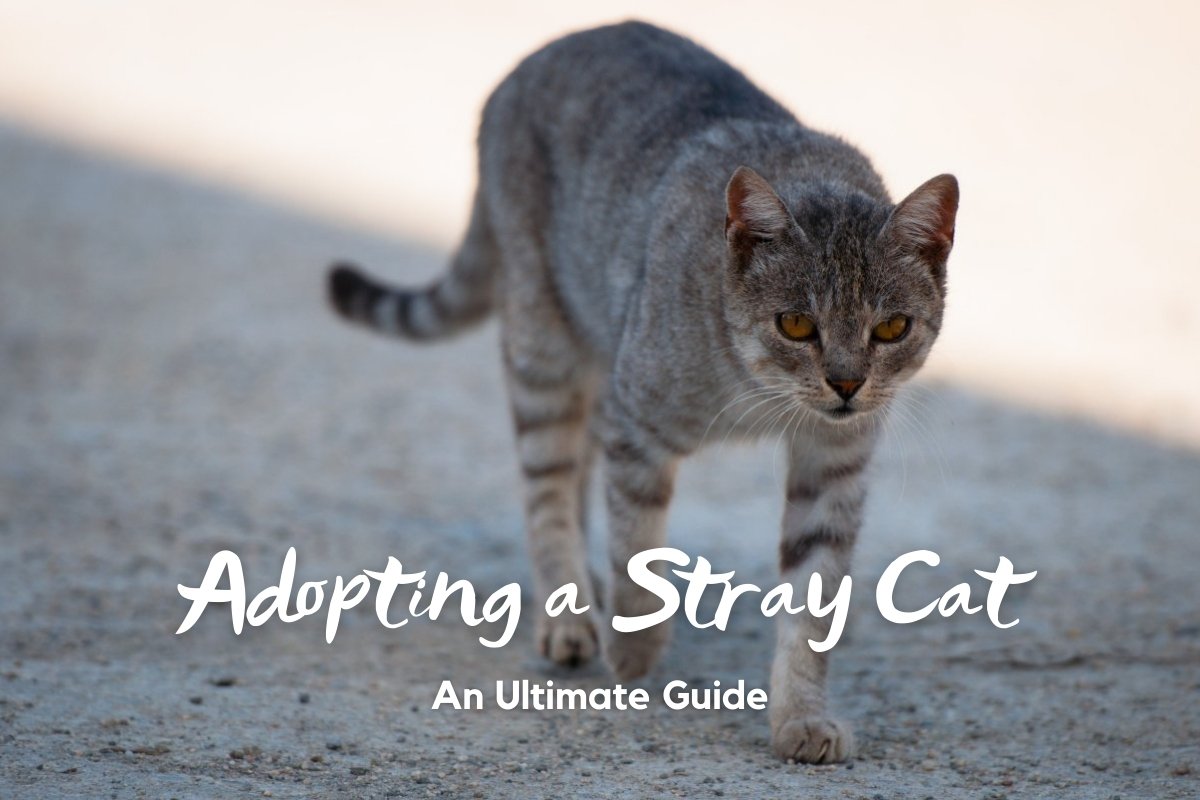
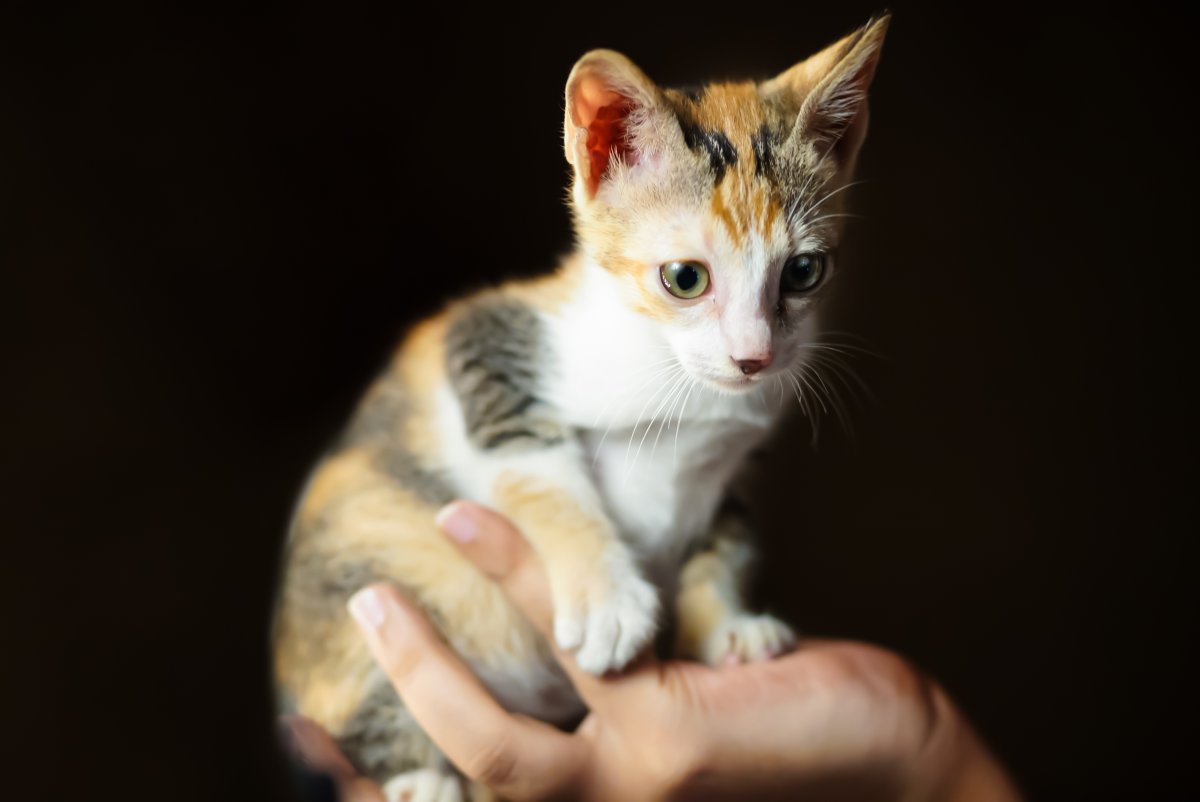




1 comment